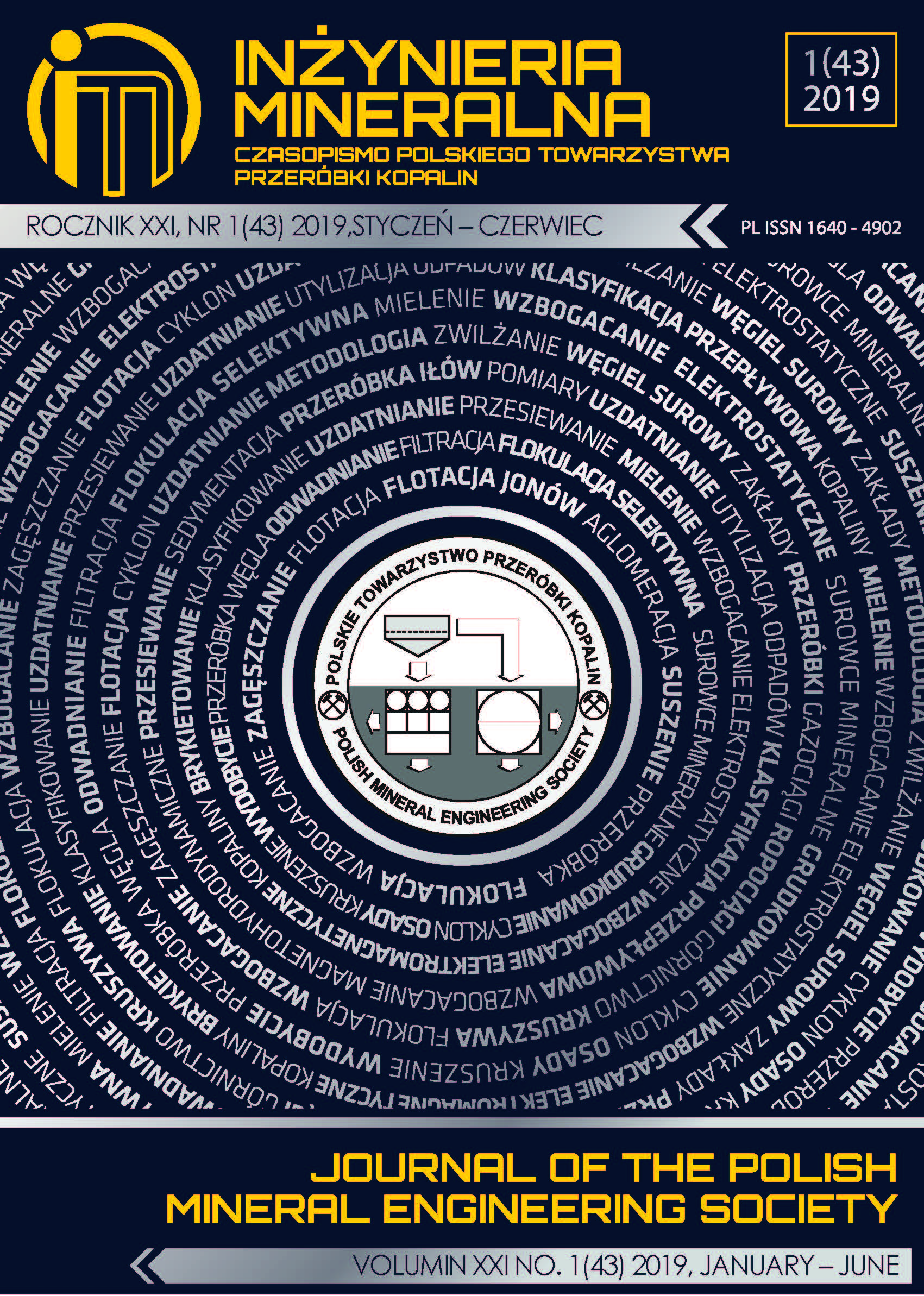Securing Topsoil for Rehabilitation Using Fly Ash in Open-Cast Coal Mines: Effects of Fly Ash on Plant Growth
Abstract
Rehabilitation is an important stage in mining operations for environmental conservation. However, the shortage of topsoil makes
it difficult to achieve rehabilitation in open-cast coal mines. Securing topsoil by mixing soil with fly ash (FA), which is treated as
an industrial waste, is expected to solve this issue in coal mines. While mixing soil with FA makes it possible to secure the topsoil
and treat industrial waste simultaneously, the high alkalinity of FA and the dissolution of heavy metals from FA may inhibit plant
growth. This study investigated the effects of FA in the topsoil on plant growth via vegetation tests with simulated topsoil mixed
with FA using Acacia mangium, a species of flowering tree: the FA mixing ratios were set to 0%, 20%, 40%, 60%, and 100%. The
growth of Acacia mangium was inhibited with increasing FA mixing ratio, especially from 60% to 80%. However, the growth rate of
Acacia mangium in an FA mixing ratio of 100% was nearly comparable to that in a mixing ratio of 40%. Furthermore, there were
no effects of the physical characteristics and pH conditions in the topsoil on the plant growth at any of the mixing ratios; meanwhile,
the accumulated concentration of Al in the plant body increased significantly at an FA mixing ratio of 60%–80%. This suggests
that the accumulation of Al, which inhibits plant growth, including root growth and its functions, in the plant body inhibited the
growth of Acacia mangium. Therefore, the most important aspect in terms of rehabilitation concerning the use of FA for securing
topsoil is not the mixing ratio of FA but the amount of Al in the FA and the accumulation of Al in the plant body.
Copyright (c) 2021 Shinji MATSUMOTO,Akihiro HAMANAKA,Kaito MURAKAMI,Hideki SHIMADA,Takashi SASAOKA

This work is licensed under a Creative Commons Attribution-ShareAlike 4.0 International License.
This journal permits and encourages authors to post items submitted to the journal on personal websites or institutional repositories both prior to and after publication, while providing bibliographic details that credit, if applicable, its publication in this journal.







.png)
